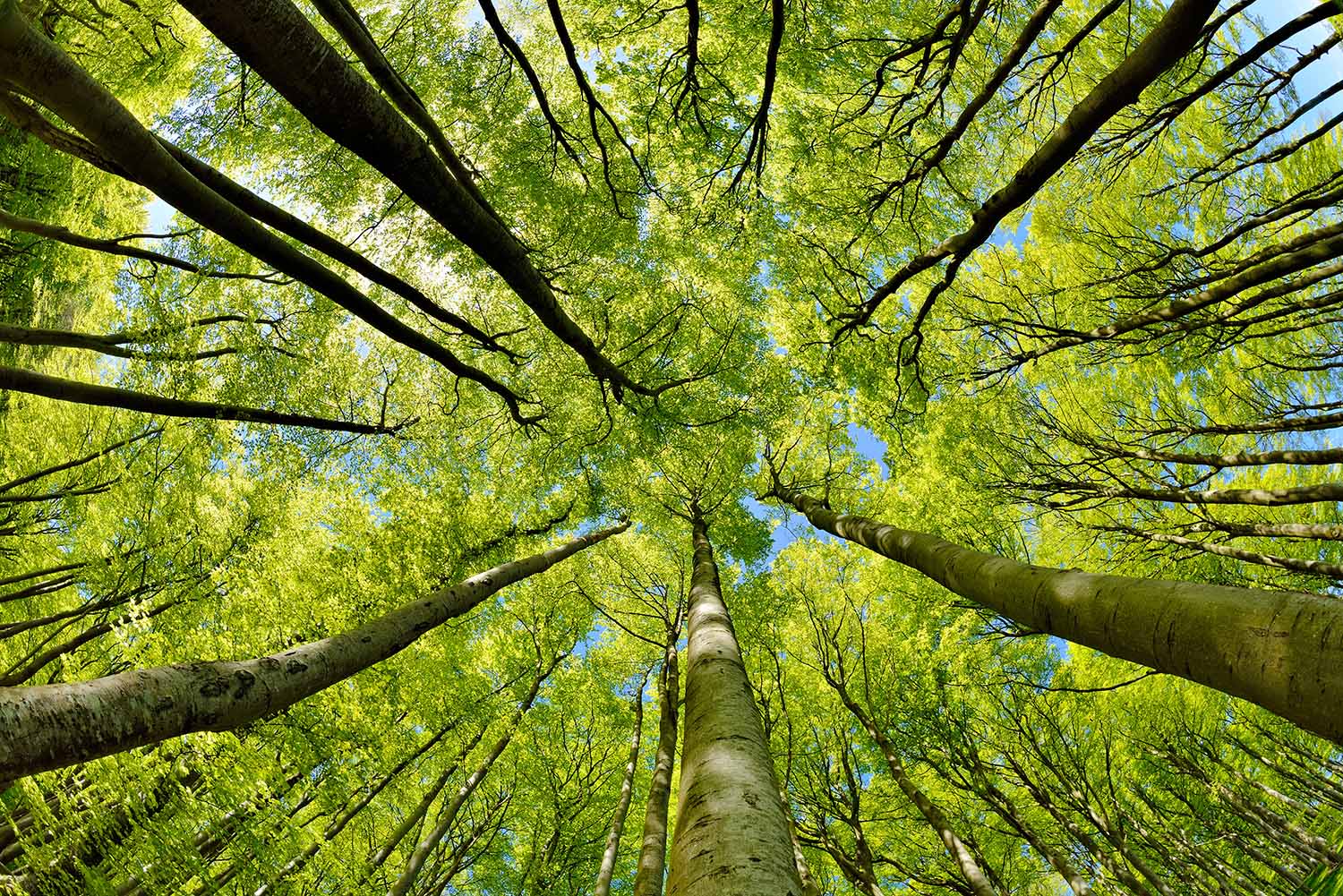Compiled by EFI with participation of Elisabeth Pötzelsberger, Jürgen Bauhus, Bart Muys, Sven Wunder, Michele Bozzano, Anna-Maria Farsakoglou, Andreas Schuck, Marcus Lindner and Katharina Lapin
>> Download the short policy brief
>> Download the long version as a PDF
Forest biodiversity(1) is the basis for forest functioning, the provision of a multitude of forest ecosystem services and our insurance for the challenges of climate change adaptation and maintaining forest resilience. Forest biodiversity also has an intrinsic value that goes beyond any human measurable value.
Humans have been shaping European landscapes for thousands of years, partly even since the time when forests were just forming again after the last ice age. This altered the distribution and appearance of forests and the diverse plant and animal species assemblages associated with them (Ellis et al. 2021). This long history of human development has reduced forest area to currently 35% of the European land area (Forest Europe 2020) - compared to an assumed natural forest coverage of around 80% (EEA 2018). It has also reduced the area of primary and old-growth forests(2) to 3% of European forests (Barredo et al. 2021). At the same time, it has also allowed for the development of tremendously species-rich cultural landscapes.
In the 19th and 20th century the area of more intensively managed forests increased. Today, the direct and indirect effects of intensifying human actions including the impacts of climate change and increasing natural disturbances are putting ever bigger pressure on forest ecosystems and also on forest biodiversity. But there are also opportunities and examples of reversing the trend. For example, many previously intensively managed forests are now becoming more mature and mixed and are regaining biodiversity.
What do we know about the status of forest biodiversity?
What are the key factors affecting forest biodiversity?
____________
(1) The biological variety and variability of life including the genetic, species, and ecosystem level
(2) Primary and old-growth forests are ecosystems where signs of past human use are absent or minimal and where ecological processes follow natural dynamics.
Photo: Andreas Vitting; Adobestock
